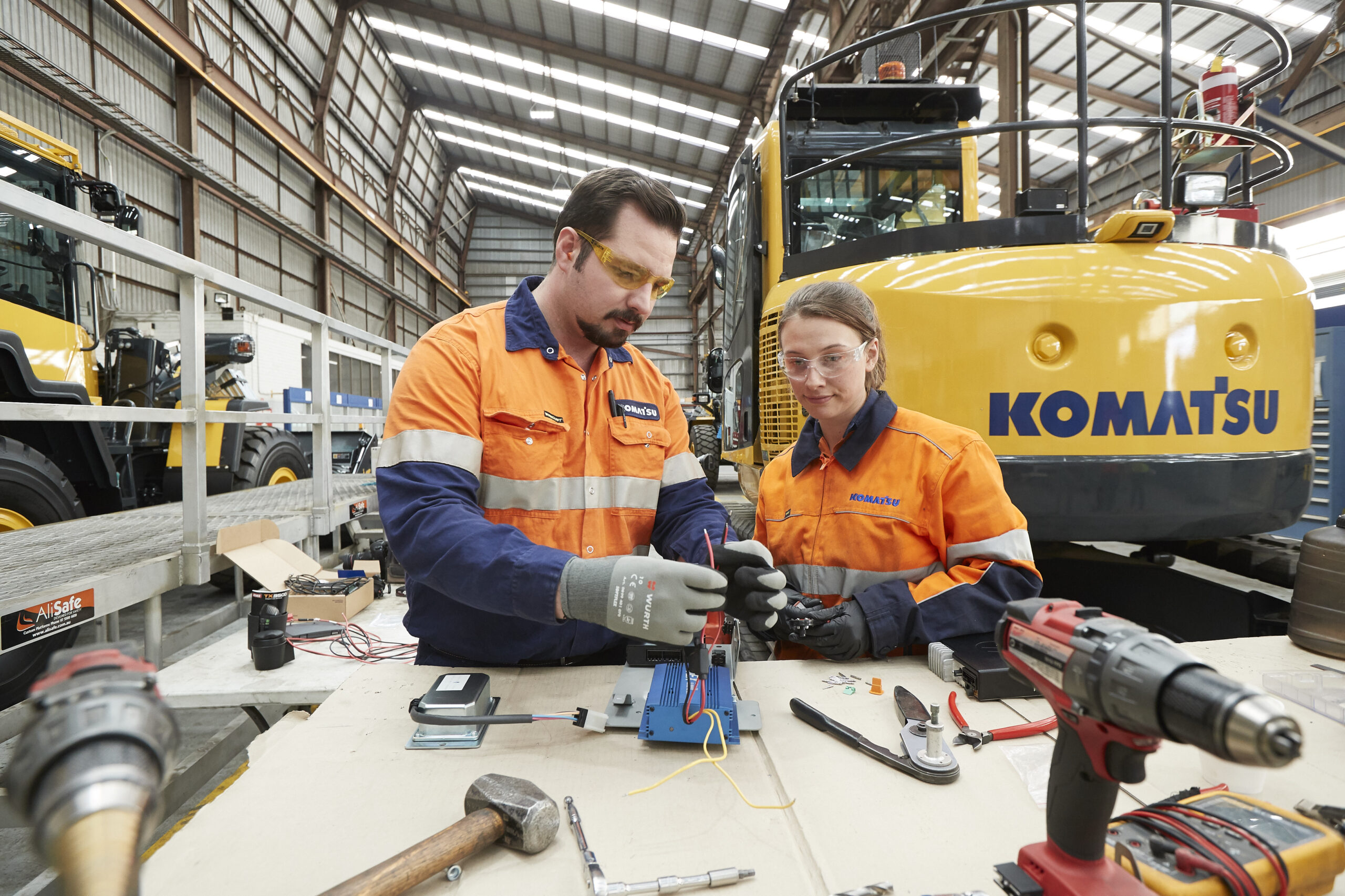By David Jenkins
Many organisations in the asset management space are actively implementing advanced fourth-generation technologies, but the most significant competitive differentiator has always been people.
Artificial intelligence, the internet of things and data analytics are all powerful tools and can make organisations more efficient and deliver fresh insights. Still, all of these technologies need to be chosen, configured and implemented by humans and aligned to a strategic framework also designed by humans.
People make a difference to organisations in so many areas. Beyond strategic thinking, their collaboration creates an organisation’s culture, which, in the best cases, can be world-beating and a major differentiator all on its own.
The best-performing organisations invest in the capabilities of their people and foster supportive and innovative cultures where people develop and grow their careers.
Even if they outsource a percentage of their operations, they will have a uniqueness to their culture and operational IP, which they retain and which sets them apart.
For this, the organisation receives loyalty, measured in the objective staff churn and retention metrics.
Much has been written and discussed about the skills shortages across many professions, which is also acute in our asset management sector.
As Engineers Australia pointed out in a report released in November last year, Australia’s engineering skills and labour shortage are at their highest level in over a decade, with the demand for skills far outpacing the supply.
Despite a significant increase in qualified engineers between 2016 and 2021, demand for engineers is growing at three times the demand for labour in the general workforce.
Australia relies on around 500,000 qualified engineers to tackle pressing challenges such as climate transition and complex engineering projects in constructing new buildings and critical transport infrastructure.
It’s a complex equation to balance for organisations aspiring to high performance.
What this does mean, however, is that the best people have more choice on where they work and which organisations they commit their talent to.
A McKinsey research report from 2023 points out that companies with a dual focus on developing human capital and managing it well can gain a performance edge.
These companies rank among the most profitable in their industries and stand out from competitors with greater earnings resilience and a superior ability to attract and retain talent.
McKinsey even puts a figure on this, claiming that these organisations are 1.5 times more likely to retain high performers over time and have half the earnings volatility of competitors.
McKinsey talks about “performance through people” and calls it P+P. From analysing 1800 companies across all sectors in 15 countries, McKinsey concluded that these ‘P+P’ winners transformed their human capital into a competitive advantage, delivering higher returns on investment.
Another interesting insight is that organisations that are not singularly focused on financial results and making their systems more people-centric will boost their bottom lines over the long term.
For IPWEA’s public sector membership, the conclusion is that people-centricity can drive operational efficiency and better service outcomes for the communities organisations serve.
This sends a strong message to leaders, who can create higher performance if they optimise the principles, structures and frameworks that govern their organisations.
Technology is nice to have and can be transformative, but people are the ones who make decisions on which technologies to use and how they use them.
People remain at the heart of high-performing organisations and are the most critical assets; no amount of technology can change that.














